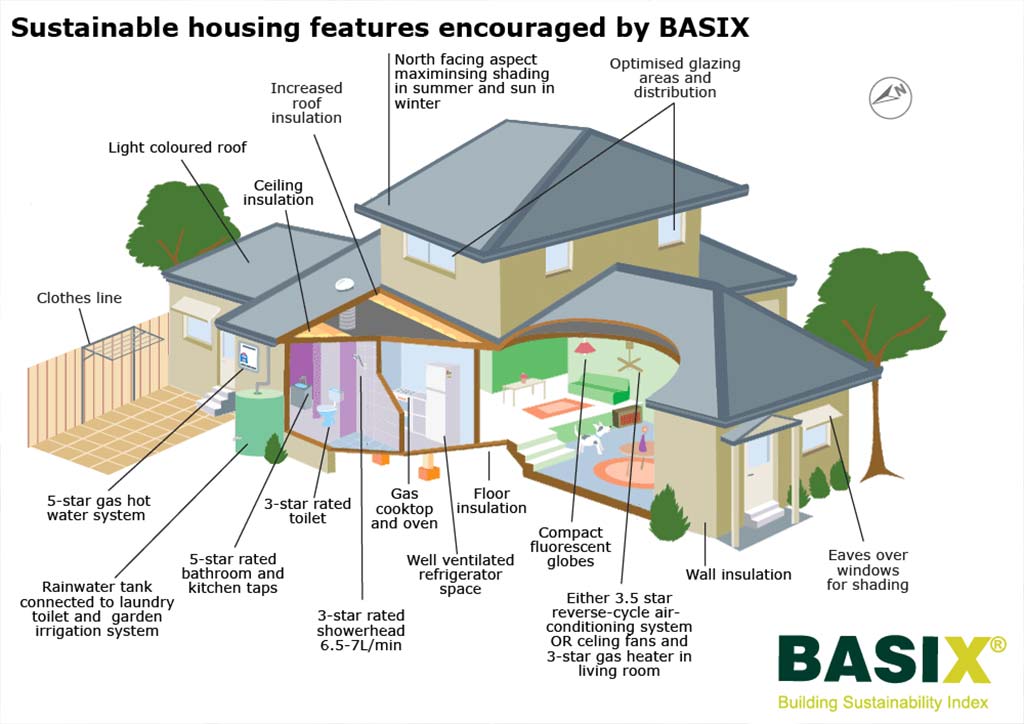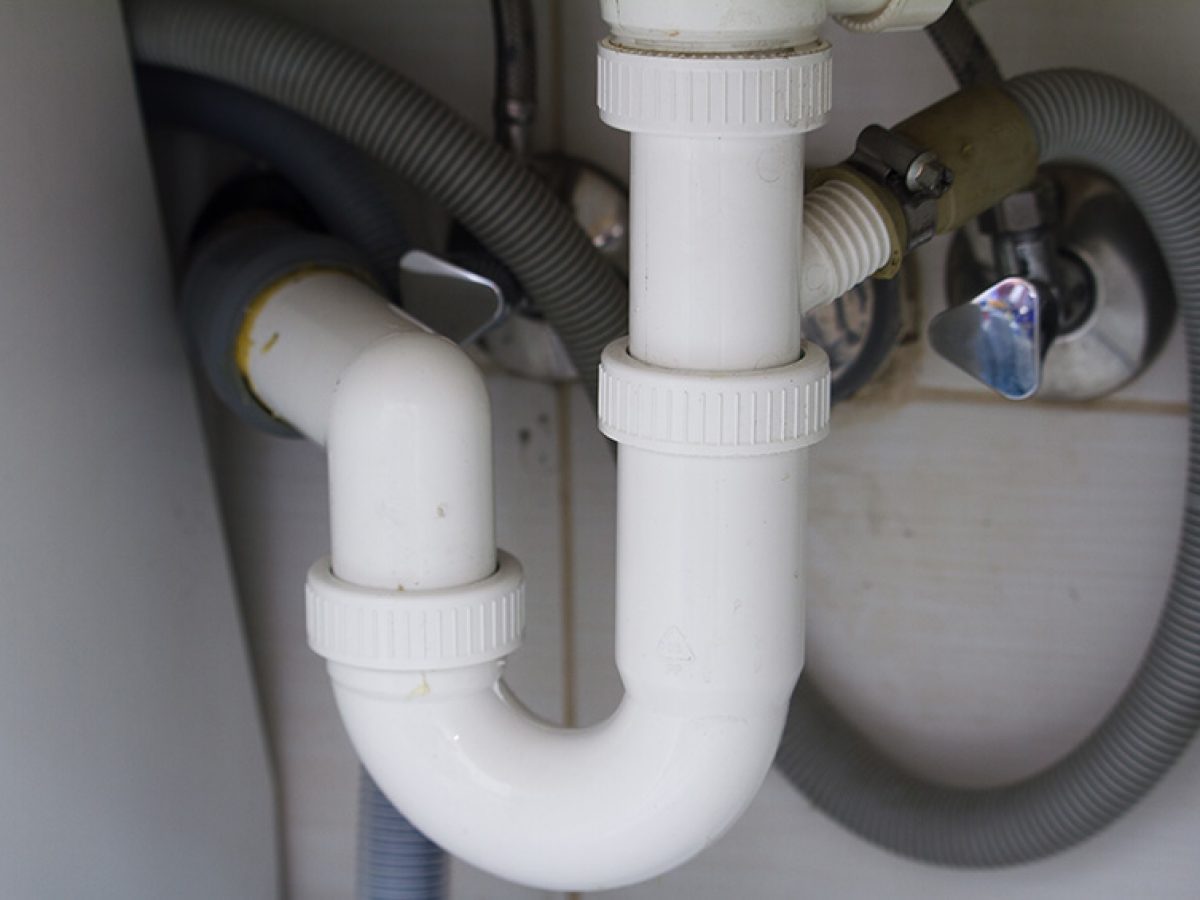What're your opinions about Exploring Your Homes Plumbing Anatomy?

Comprehending exactly how your home's pipes system functions is necessary for each property owner. From supplying tidy water for alcohol consumption, food preparation, and showering to securely removing wastewater, a well-kept pipes system is vital for your family members's health and comfort. In this detailed overview, we'll check out the detailed network that composes your home's pipes and deal tips on maintenance, upgrades, and taking care of usual concerns.
Intro
Your home's pipes system is greater than simply a network of pipes; it's a complicated system that guarantees you have accessibility to tidy water and reliable wastewater elimination. Understanding its components and exactly how they work together can assist you prevent pricey repairs and guarantee everything runs efficiently.
Basic Elements of a Pipes System
Pipes and Tubes
At the heart of your pipes system are the pipes and tubing that bring water throughout your home. These can be made of numerous products such as copper, PVC, or PEX, each with its advantages in terms of resilience and cost-effectiveness.
Fixtures: Sinks, Toilets, Showers, etc.
Components like sinks, bathrooms, showers, and bathtubs are where water is made use of in your home. Understanding exactly how these fixtures attach to the plumbing system aids in diagnosing troubles and planning upgrades.
Shutoffs and Shut-off Points
Shutoffs control the circulation of water in your plumbing system. Shut-off shutoffs are important throughout emergencies or when you require to make repair work, permitting you to separate parts of the system without disrupting water circulation to the entire home.
Supply Of Water System
Key Water Line
The main water line attaches your home to the community water supply or a personal well. It's where water enters your home and is dispersed to various components.
Water Meter and Stress Regulatory Authority
The water meter measures your water usage, while a stress regulatory authority guarantees that water moves at a safe stress throughout your home's plumbing system, avoiding damages to pipelines and fixtures.
Cold Water vs. Hot Water Lines
Recognizing the distinction in between cold water lines, which provide water directly from the primary, and warm water lines, which lug heated water from the water heater, assists in repairing and planning for upgrades.
Drain System
Drain Pipes and Traps
Drain pipes lug wastewater away from sinks, showers, and bathrooms to the sewage system or septic tank. Traps stop sewer gases from entering your home and likewise catch particles that might cause clogs.
Ventilation Pipes
Ventilation pipes allow air into the drain system, protecting against suction that could slow drain and create catches to vacant. Proper air flow is important for preserving the stability of your pipes system.
Value of Correct Drainage
Making certain appropriate drain stops back-ups and water damages. Consistently cleansing drains and maintaining traps can avoid expensive repair services and prolong the life of your plumbing system.
Water Heating System
Kinds Of Hot Water Heater
Hot water heater can be tankless or standard tank-style. Tankless heating units warm water on demand, while tanks store warmed water for prompt usage.
Exactly How Water Heaters Link to the Plumbing System
Comprehending how water heaters connect to both the cold water supply and warm water circulation lines assists in identifying problems like inadequate hot water or leakages.
Upkeep Tips for Water Heaters
On a regular basis flushing your water heater to remove sediment, examining the temperature level settings, and inspecting for leaks can extend its lifespan and boost power effectiveness.
Common Pipes Problems
Leaks and Their Causes
Leakages can occur due to maturing pipes, loosened fittings, or high water pressure. Addressing leaks immediately stops water damage and mold growth.
Obstructions and Obstructions
Clogs in drains pipes and bathrooms are typically caused by purging non-flushable things or an accumulation of grease and hair. Utilizing drainpipe displays and being mindful of what goes down your drains can avoid obstructions.
Indications of Pipes Issues to Expect
Low tide stress, slow drains pipes, foul odors, or unusually high water expenses are signs of possible pipes issues that must be attended to immediately.
Plumbing Upkeep Tips
Routine Inspections and Checks
Set up yearly plumbing inspections to catch concerns early. Seek indications of leakages, rust, or mineral buildup in faucets and showerheads.
Do It Yourself Upkeep Tasks
Easy jobs like cleansing tap aerators, checking for bathroom leakages using dye tablet computers, or insulating revealed pipes in chilly environments can prevent major pipes problems.
When to Call a Specialist Plumbing
Know when a pipes concern requires expert proficiency. Trying complex repair work without appropriate expertise can lead to more damage and greater fixing costs.
Upgrading Your Plumbing System
Reasons for Updating
Updating to water-efficient fixtures or replacing old pipes can enhance water high quality, minimize water costs, and raise the value of your home.
Modern Plumbing Technologies and Their Benefits
Check out modern technologies like clever leakage detectors, water-saving commodes, and energy-efficient hot water heater that can conserve cash and lower environmental impact.
Cost Considerations and ROI
Compute the upfront expenses versus long-lasting financial savings when taking into consideration pipes upgrades. Several upgrades spend for themselves with minimized energy expenses and less repair services.
Ecological Influence and Conservation
Water-Saving Fixtures and Appliances
Installing low-flow faucets, showerheads, and toilets can substantially lower water use without giving up efficiency.
Tips for Reducing Water Use
Straightforward behaviors like dealing with leaks promptly, taking much shorter showers, and running complete tons of laundry and dishes can conserve water and lower your utility expenses.
Eco-Friendly Plumbing Options
Consider lasting pipes products like bamboo for flooring, which is durable and environmentally friendly, or recycled glass for counter tops.
Emergency Preparedness
Actions to Take During a Pipes Emergency
Know where your shut-off valves lie and how to switch off the water in case of a burst pipe or significant leakage.
Significance of Having Emergency Get In Touches With Helpful
Maintain call info for regional plumbings or emergency solutions easily available for fast action during a pipes dilemma.
DIY Emergency Situation Fixes (When Appropriate).
Short-lived repairs like using air duct tape to patch a dripping pipe or positioning a container under a dripping faucet can minimize damages until a specialist plumbing technician arrives.
Verdict.
Recognizing the makeup of your home's plumbing system encourages you to keep it successfully, saving time and money on repair services. By complying with normal upkeep routines and staying informed about modern pipes technologies, you can ensure your plumbing system operates efficiently for years to find.
Understanding Your Home Plumbing System: A Comprehensive Guide
Plumbing System: The Lifeline of Your Home
At its core, the plumbing system is designed to perform two primary functions: bring fresh water into your home and remove wastewater. The system is a network of pipes, fixtures, and other components that transport water and sewage. Residential plumbing systems include potable water supply lines, drain-waste-vent (DWV) systems, and various plumbing fixtures that make water use in daily tasks possible.
Key Components:
Water Supply: This part of your plumbing system brings municipal water into your home, passing through the main water supply line. It s responsible for supplying all water needs, from drinking to bathing.
Drainage System: It carries waste and water away from your home to the sewer or septic system. This system includes all the piping within your home that leads to external sewage or septic systems.
Vent System: An essential yet often overlooked component, the vent system allows sewer gases to escape and lets air into the drainpipes, ensuring water and waste move correctly through the system.
Fixture: More Than Just Taps and Toilets
Plumbing fixtures are the most interactive parts of the plumbing system, including faucets, showers, toilets, and sinks. Each fixture is connected to the plumbing system and plays a role in either the delivery of freshwater or the disposal of waste and wastewater.
Types of Fixtures:
Faucets and Sinks: Used for washing hands, dishes, and other daily water needs.
Toilets: Dispose of human waste through the sewage system.
Bathtubs and Showers: Provide bathing facilities, requiring both hot and cold water supply.
Water Supply: The Source of Life
The water supply system is a critical component, ensuring that potable water is available throughout your home for various uses, including drinking, cooking, and cleaning. This system consists of pipes that distribute water to different parts of the house, controlled by valves to regulate the water flow.
Types of Plumbing: Materials and Methods
Various types of plumbing systems and materials are used in residential settings, each with its advantages and applications. From copper and PVC pipes for water supply to cast iron and ABS for drainage, the choice of materials can impact the longevity and efficiency of your plumbing system.
https://intownplumbingtx.com/articles/home-plumbing-system-guide/

Understanding Your Home Plumbing System: A Comprehensive Guide
Plumbing System: The Lifeline of Your Home
At its core, the plumbing system is designed to perform two primary functions: bring fresh water into your home and remove wastewater. The system is a network of pipes, fixtures, and other components that transport water and sewage. Residential plumbing systems include potable water supply lines, drain-waste-vent (DWV) systems, and various plumbing fixtures that make water use in daily tasks possible.
Key Components:
Water Supply: This part of your plumbing system brings municipal water into your home, passing through the main water supply line. It s responsible for supplying all water needs, from drinking to bathing.
Drainage System: It carries waste and water away from your home to the sewer or septic system. This system includes all the piping within your home that leads to external sewage or septic systems.
Vent System: An essential yet often overlooked component, the vent system allows sewer gases to escape and lets air into the drainpipes, ensuring water and waste move correctly through the system.
Fixture: More Than Just Taps and Toilets
Plumbing fixtures are the most interactive parts of the plumbing system, including faucets, showers, toilets, and sinks. Each fixture is connected to the plumbing system and plays a role in either the delivery of freshwater or the disposal of waste and wastewater.
Types of Fixtures:
Water Supply: The Source of Life
The water supply system is a critical component, ensuring that potable water is available throughout your home for various uses, including drinking, cooking, and cleaning. This system consists of pipes that distribute water to different parts of the house, controlled by valves to regulate the water flow.
Types of Plumbing: Materials and Methods
Various types of plumbing systems and materials are used in residential settings, each with its advantages and applications. From copper and PVC pipes for water supply to cast iron and ABS for drainage, the choice of materials can impact the longevity and efficiency of your plumbing system.
https://intownplumbingtx.com/articles/home-plumbing-system-guide/
Do you enjoy reading about Plumbing Installation 101: All You Need to Know? Place a remark directly below. We would be happy to hear your insights about this article. Hoping that you visit us again in the future. Are you aware of someone else who is enthusiastic about the topic? Take a moment to promote it. We enjoy your readership.
Schedule A Service